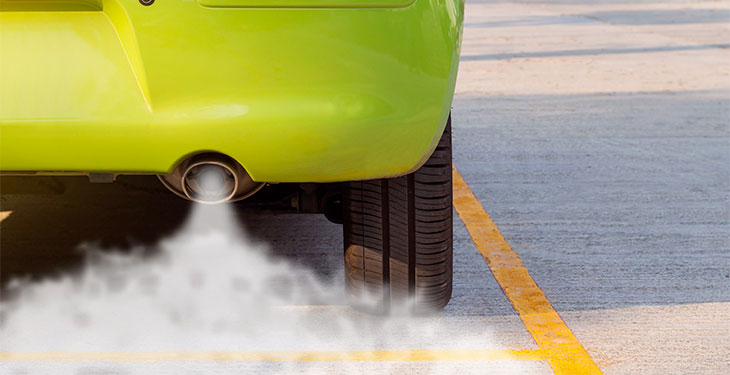The EU is making road transport cleaner by setting strict new carbon dioxide emissions standards for cars and light commercial vehicles. This will bring the EU closer to achieving its climate targets, and will make sure that car manufacturers contribute to the greenhouse gas emission reduction efforts, according to an EU Council release.
The aim of the regulation adopted by the Council today is to ensure that from 2030 onwards new cars will emit on average 37.5% less CO2 and new vans will emit on average 31% less CO2 compared to 2021 levels. Between 2025 and 2029, both cars and vans will be required to emit 15% less CO2. These are EU-wide fleet targets. The CO2 reduction effort will be distributed among manufacturers on the basis of the average mass of their vehicle fleet.
The Commission presented the proposal for a new regulation in November 2017 as part of the third clean mobility package. The European Parliament adopted its position on 3 October 2018. The Council agreed its position (general approach) on 9 October 2018.
Negotiations with the European Parliament started on 10 October 2018 and ended in a provisional agreement on 17 December, which was confirmed by EU ambassadors of the member states on 16 January 2019.
The formal adoption of the new rules by the Council today is the final step in the procedure. The overall aim of the proposal is to contribute to achieving the goals of the Paris Agreement and to reach the EU wide 30% reduction target by 2030 compared to 2005 of the non ETS (Emissions Trading System) sector set by the European Commission, which is translated into national targets in the Effort Sharing Regulation.
The proposed measures and targets are based on the 2030 climate and energy framework and the energy union strategy, which aims at a reduction in transport emissions and energy consumption. The reduced need for fossil fuels will also improve the security of energy supply in the EU and reduce our dependence on energy imports from third countries.
